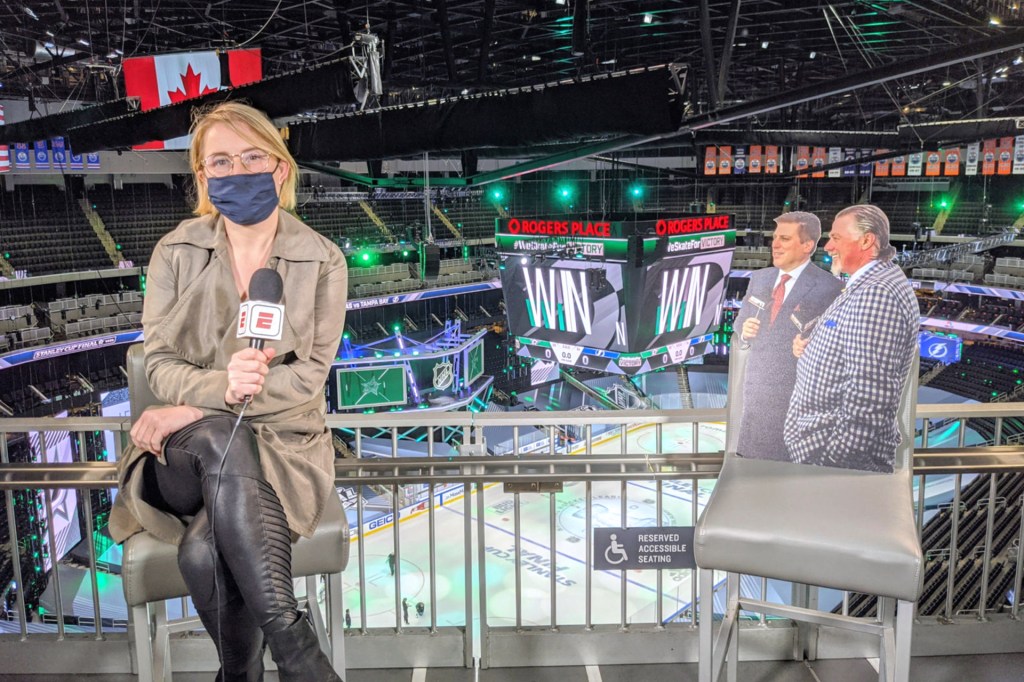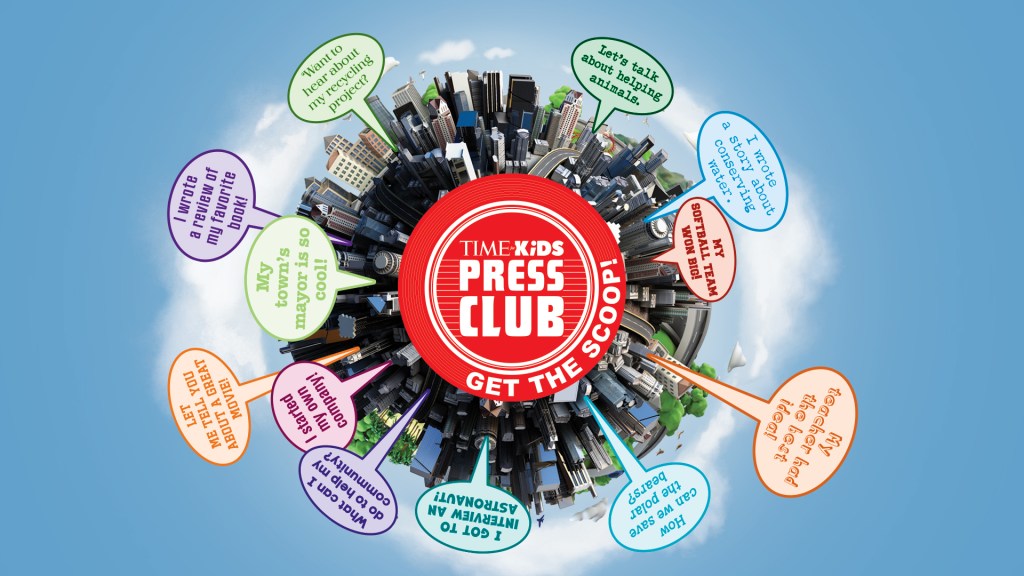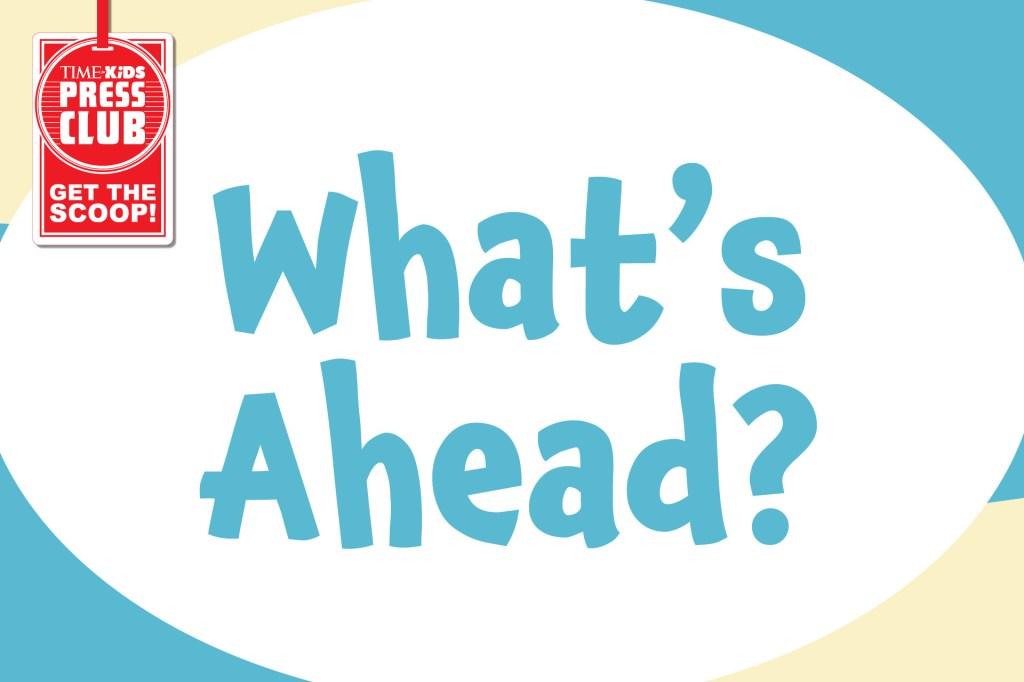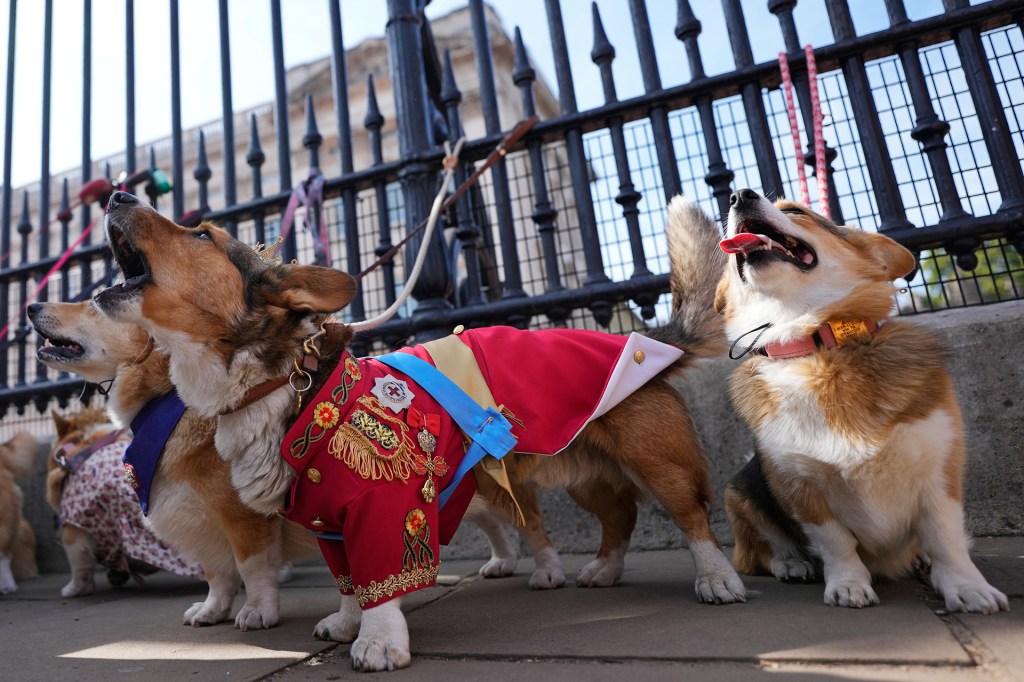Beyond the Game

Are you a big sports fan? If so, chances are you’ve read articles by a sports journalist. The writer may have broken down a game or profiled one of your favorite athletes.
Sean Gregory is a senior sports correspondent for TIME magazine. He told TIME for Kids that being a sports journalist involves more than just going to games. Like all good journalists, Gregory takes specific steps to write a compelling story.
First, he decides which people he wants to interview. Gregory says that getting multiple perspectives on a sport, event, or player adds interesting layers to an article. That’s why he doesn’t talk to just athletes but also to coaches and spectators.
Next, Gregory puts together a list of questions. He says the questions are intended to “elicit
elicit
 THE GOOD BRIGADE—GETTY IMAGES
to bring forth
(verb)
Maria's question elicited a debate around the dinner table.
passionate answers and a good conversation.”
THE GOOD BRIGADE—GETTY IMAGES
to bring forth
(verb)
Maria's question elicited a debate around the dinner table.
passionate answers and a good conversation.”

TALKING TO THE PROS As a sports journalist for TIME, Sean Gregory has spoken with stars such as LeBron James and Serena Williams.
TIMEKnowing how to ask insightful questions isn’t the only skill that’s required of sportswriters. They also need to understand data compiled by sports analysts. Sports analysts use statistics to predict trends.
“Analytics has become a bigger part of my job,” Emily Kaplan says. She’s a hockey reporter for ESPN. Kaplan says that writing about hockey includes analyzing which players are most effective and valuable. “The way that we quantify
quantify
 PORTRA—GETTY IMAGES
to measure the amount of
(verb)
Scientists are working to quantify the benefits of the new medicine.
a lot of those things [is] through statistics
statistics
PORTRA—GETTY IMAGES
to measure the amount of
(verb)
Scientists are working to quantify the benefits of the new medicine.
a lot of those things [is] through statistics
statistics
 RILOKS—GETTY IMAGES
numerical data
(noun )
The reporter based his election predictions on statistics.
and through math,” she says.
RILOKS—GETTY IMAGES
numerical data
(noun )
The reporter based his election predictions on statistics.
and through math,” she says.
A Pandemic at Play
The COVID-19 pandemic has changed how sports journalists do their job. Many sports were canceled in the spring. Some resumed over the summer and fall. As a safety measure, reporters are either not permitted to go to games or allowed to go only in small numbers.
Gregory hasn’t been to a game in months. He speaks to players on Zoom calls, but he misses being able to chat with fans at events. Sometimes, “they say funny things that enliven stories,” Gregory says.
For now, many sports journalists are busy writing articles that take place off the field, court, or rink. For example, Kaplan wrote about how COVID-19 impacted the finances of National Hockey League owners. Gregory reported on how coronavirus shutdowns are affecting athletes’ mental health. “What this pandemic has taught all of us is that we just need to find ways to adapt,” Kaplan says. “And we’ll adapt again when things are normal.”












